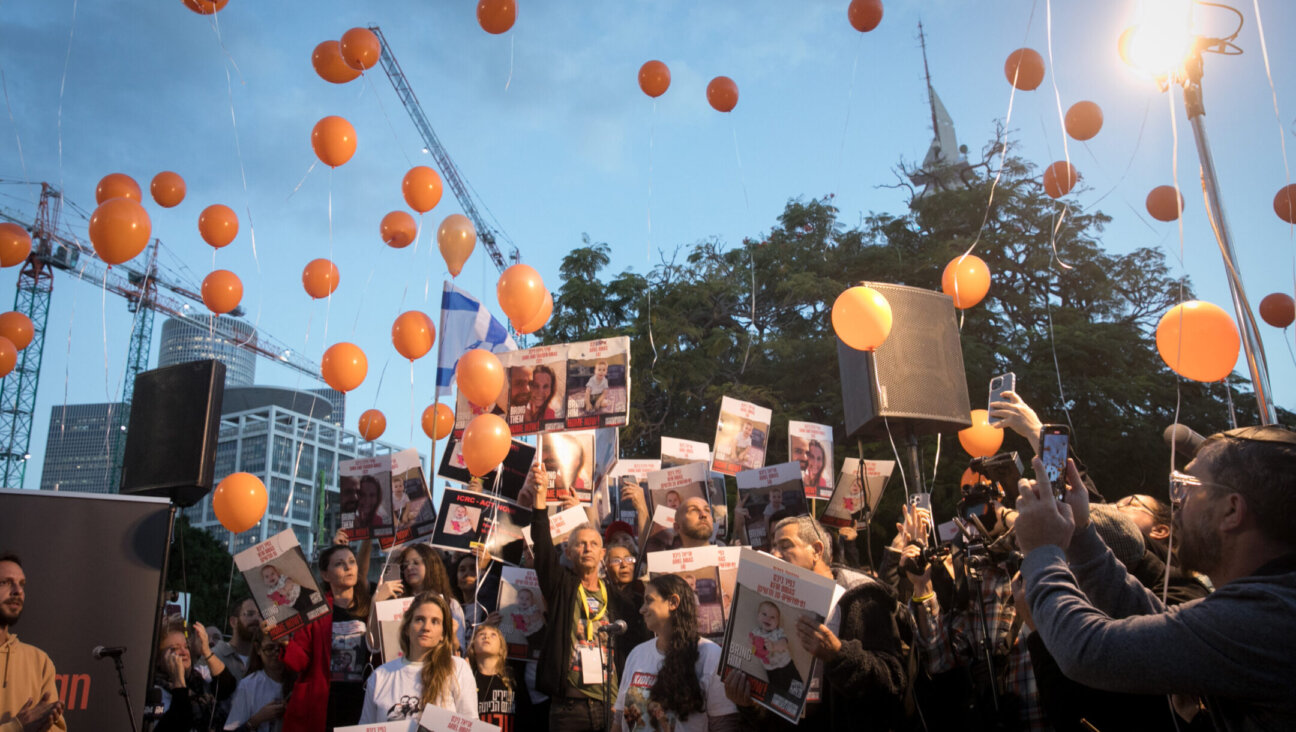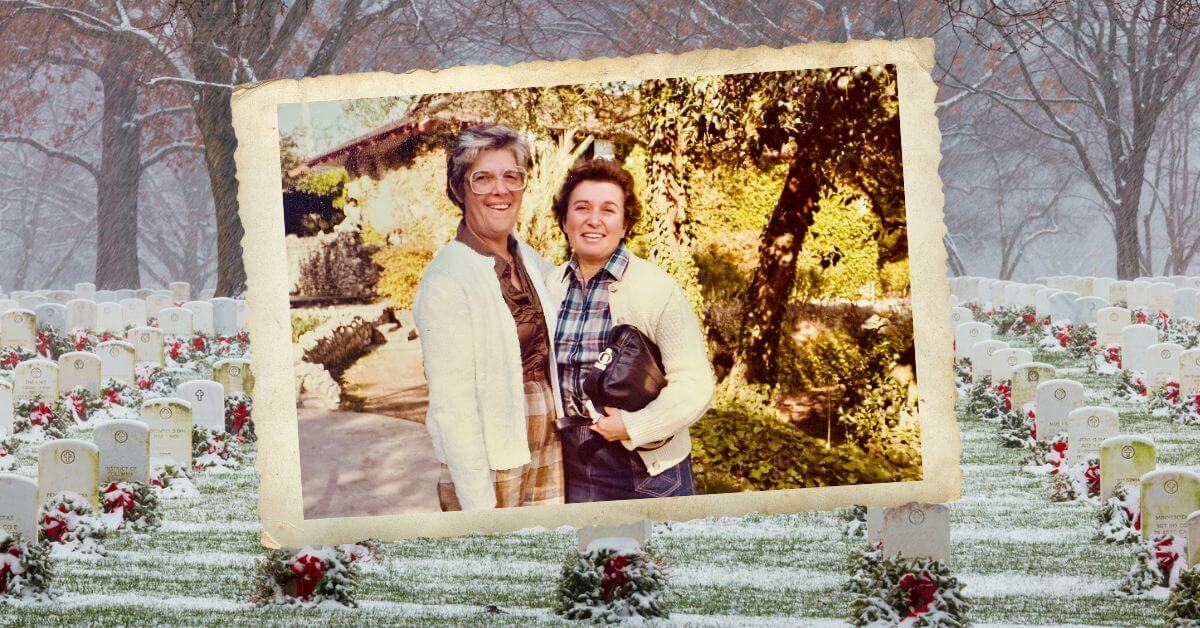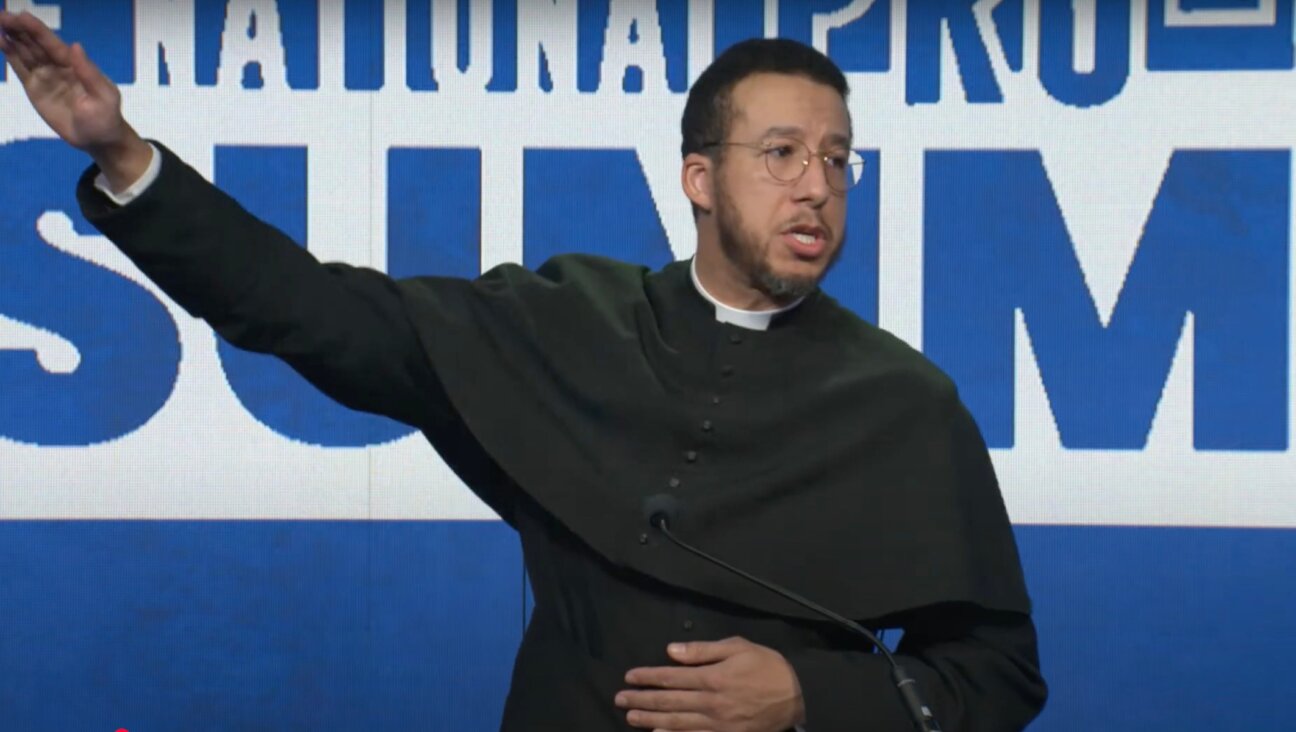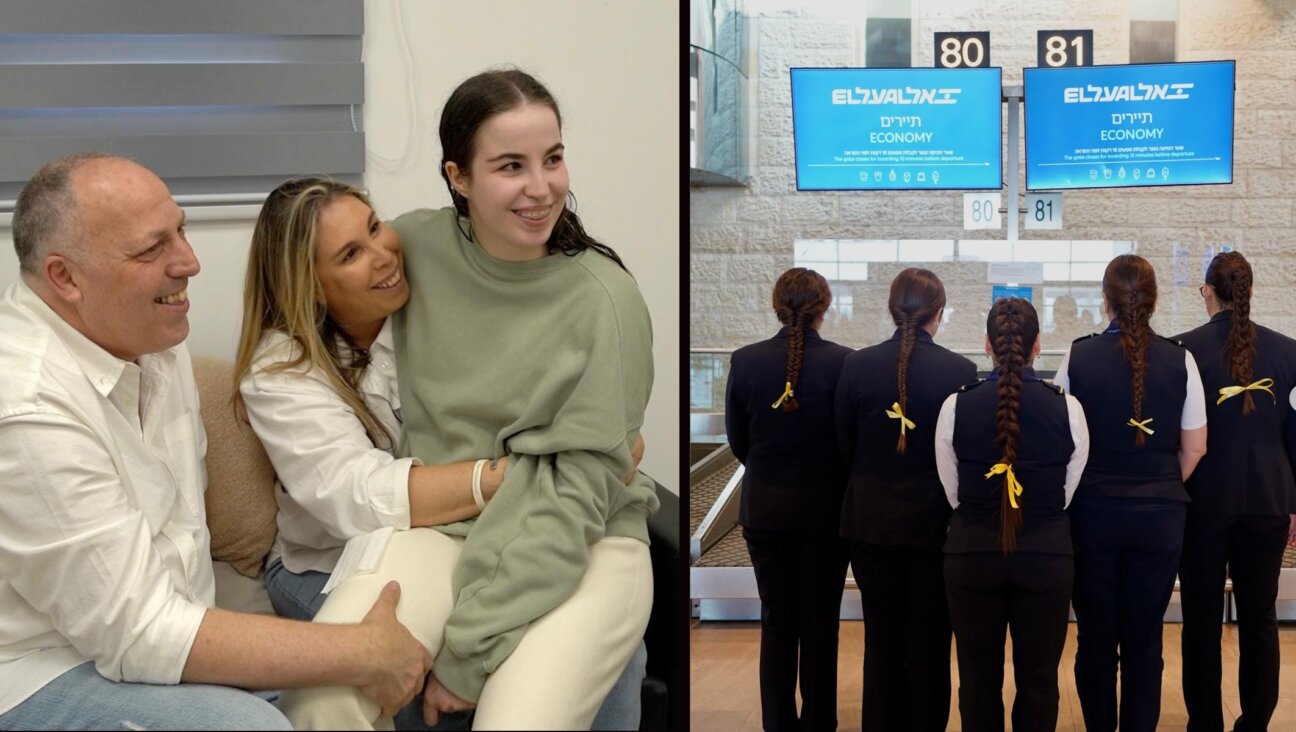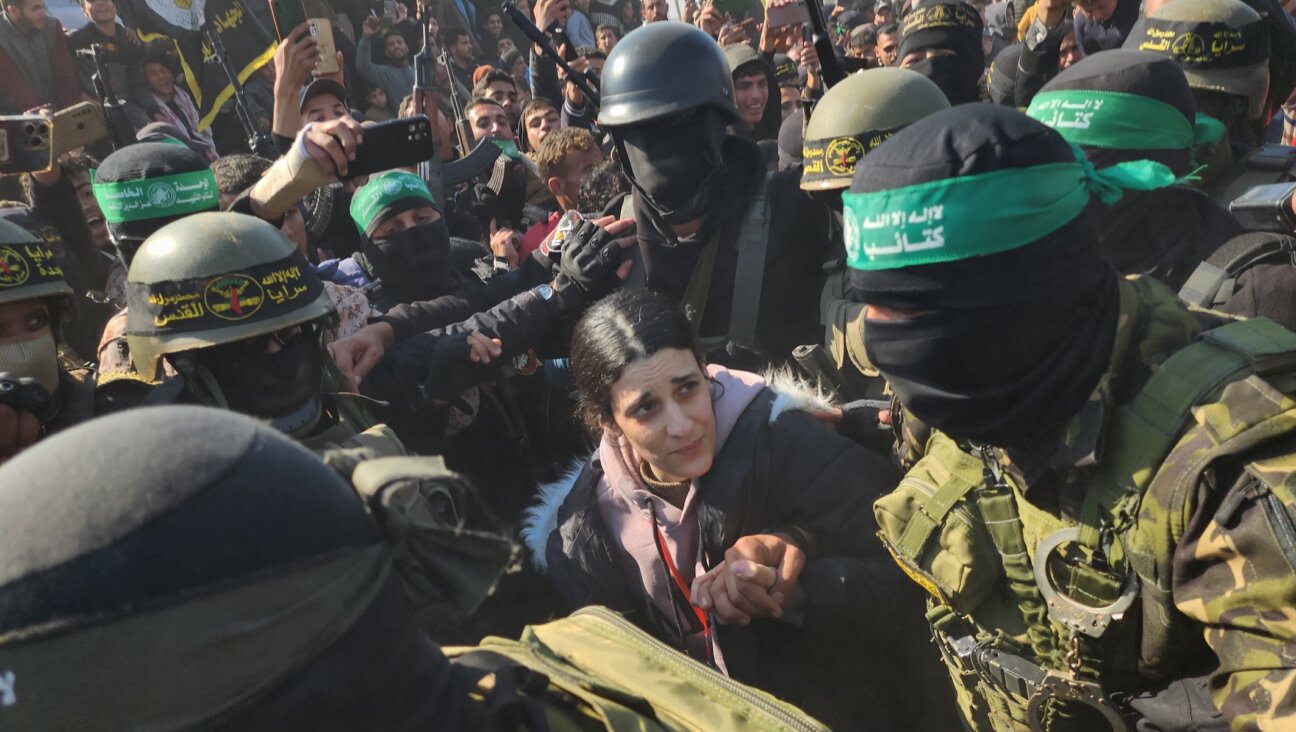Remembering The Triangle Fire
For years, I’ve been obsessed with the Triangle Shirtwaist Factory fire. I don’t remember when I first heard about this event, which was New York City’s worst workplace disaster before 9/11. On March 25, 1911, a fire broke out on the factory’s eighth floor; 146 workers, most of them young Jewish and Italian girls, died. The fire department’s tallest ladders only reached the sixth floor; girls clung to the window ledges while the flames licked at them; some jumped in desperation, shattering the sidewalks. Can any New Yorker not visualize what that looked and sounded like?
But even before September 11, I was drawn to the story. I’ve always been interested in the health and welfare of teenage girls, the history of American Jewish immigration on the Lower East Side, the early feminist movement. I live in a tenement building not far from the factory site. And like many Americans, I have a sick fascination with larger-than-life tragedy. (Titanic, anyone?) The Triangle story was also alluring for its clear villains: the sweatshop owners who locked the factory doors to prevent theft, the men whose building contained no sprinklers and a tiny, flimsy fire escape that collapsed, sending dozens to their deaths. But the Triangle tale seemed to offer a glimmer of hope: From the ashes of the fire came the labor movement.
I got even more interested when I stumbled on a genealogy site and learned that my husband is related to Max Steuer, the coldly brilliant hotshot lawyer who defended the factory owners. Criminal lawyer to mobsters, movie stars and judges, Steuer won the case despite ample evidence of his clients’ guilt. He discredited the damning testimony of one young survivor, Kate Alterman, who’d hypnotized the courtroom with her account of how her friend Margaret Schwartz died. “And then a big smoke came and I couldn’t see,” she’d said. “I just know it was Margaret, and I said, ‘Margaret,’ and she didn’t reply. I left Margaret, I turned my head on the side, and I noticed the trail of her dress and the ends of her hair begin to burn.” The young woman’s words held the courtroom spellbound…until Steuer had her testify twice more. She recited the identical narrative, almost word for word. The jury got the impression she’d been coached by the prosecutors, and her words lost much of their power.
Finally, I read David von Drehle’s astonishing book “Triangle: The Fire That Changed America” (Grove, 2003). It’s a gripping, beautifully written piece of social history, backed by rigorous reporting. (Von Drehle actually tracked down a copy of the full trial transcripts, which were thought to have been lost, and compiled the first comprehensive list of all the victims.) The book taught me far more about my husband’s creepily impressive relative than anyone in the family had been able to tell me. It also taught me that the labor movement was already underway at the time of the fire, led by several charismatic young women who’d worked in sweatshops and who were helped along by wealthy society ladies interested in women’s suffrage. I hadn’t known that even before the fire, the Triangle workers had already gone on an extended strike, at great personal cost, for fair wages and better work conditions. Von Drehle’s book opens with a quote about the Triangle company from the Jewish Daily Forward from 1910, the year before the fire: “With blood this name will be written in the history of the American workers’ movement, and with feeling will this history recall the names of the strikers of this shop — of the crusaders.”
Well, not so much. We’ve forgotten the names; we’ve forgotten the strike; most of us have forgotten the fire itself. But filmmaker Ruth Sergel wants to help us remember.
For the last four years, Sergel has worked on a participatory art project called Chalk. Shortly before the anniversary of the tragedy, she emails the name and former address of a Triangle fire victim to anyone who wants to be involved. On the day itself, participants write the victim’s name in chalk in front of the building in which she lived. Beneath the name is written the person’s age, address, and “Died in the Triangle Fire, March 25, 1911.” Sergel’s Web site (streetpictures.com/chalk) has a clickable map of all the victims’ addresses. Predictably, they’re heavily clustered in the East Village and Lower East Side.
This year, I chalked for the first time. I asked Sergel for my street, and she sent me eight names. I started on the far east side, on the cold, clear morning of March 25. I was terribly self-conscious when I crouched on the sidewalk to write the first name: Rosie Brenman. Commuters scurried around me with nary a glance. Two drunk Russians (it was 8:45 in the morning!) tried to flirt as I laboriously wrote out the names of Rosie and her sister Surka. (According to Von Drehle’s book, their brother Joseph also worked at the Triangle, and survived the blaze.) Another victim, 18-year-old Fannie Hollander, lived at the same address. Did they all walk to work together? Perhaps Fannie had a crush on Joseph, or perhaps the Brenman sisters giggled together quietly about Fannie’s hairdo. I wondered about their lives, not just their deaths.
I worried that I was writing the names crooked. Were the letters too big? Was it easier to lean over to write each line, or should I kneel? Was anyone staring?
As I worked my way west, I got the hang of it. Check name and age one last time, tuck list in handbag, move handbag from shoulder to wrist, crouch, lean far left to start the name so you don’t have to get up and move to the right to be able to finish it. Yellow chalk gave a smoother, clearer line than lavender or blue.
Today, my neighborhood’s landscape is very different from its 1911 footprint. The Brenmans’ tenement was torn down many years ago, replaced by a huge housing project. The home of Julia Oberstein, age 19, is now a health food store. That of Jennie Stern, age 18, is a hipster dressmaker’s shop. That of Nettie Lefkowitz, 23, is now a Mexican handicrafts store. The Triangle factory itself is now a New York University building.
At noon, I went to the annual memorial ceremony at the site. The procession of grandstanding politicians didn’t move me, though I appreciated City Council Speaker Christine Quinn’s declaration that she would never welcome Wal-Mart to New York City, given its recent history of locking low-wage, non-English-speaking workers inside its stores at night. (La plus ça change…) The most touching part of the ceremony was at the end, when the fire company that arrived first on the scene back in 1911 slowly raised its ladder to the height it reached back then. Too low. Too easy to imagine the girls jumping. Schoolchildren read the names of the victims as a fireman in dress uniform struck a bell. Each child then put a white carnation in front of a photo of the burned-out building. The growing pile of carnations rested near a list of chalked names, those of victims whose addresses were unknown.
Later I chatted with Sergel, a fellow East Villager. Where did the idea for Chalk come from? “I always wanted to do a film about the fire,” she said. “But every idea I had was more shmaltzy and horrible than the last. Then I had a short film that was about to premiere at the Tribeca Film Festival and I was terrified, so I decided to come up with another project to avoid my stress. It was very casual. I sent an e-mail to 30 people who I thought would be into it — my friends, and people connected to women’s history, labor history, immigrant history. And they forwarded it.”
But why this particular project? “I was thinking how much political activism is based on the Internet,” she said. “While it can be very powerful, it’s also highly depersonalized. The sense of being in the streets is lost. There’s something about physically, literally engaging in the New York streets. Sometimes someone stops to talk: Their great-aunt worked at Triangle, or you hear about working conditions somewhere else today. And it changes you: Once you’ve chalked in front of a building, you remember that building for the rest of time. You remember it held someone’s life. Also, chalking is a physical representation of the activist process, moving from individual to community. You start off alone and self-conscious, then you move toward the site, passing other chalkings on the way to the memorial service, and suddenly you’re with a community. We all know that the chalk will rub away or wash away in a few days, but you add your piece, and we’re all back next year. It’s like communal memory.”
Sergel is now working with victims’ descendants to brainstorm ideas for a memorial. “The 100th anniversary of the fire will be here before you know it,” she said. “We have to get started.”
Write to Marjorie at [email protected].
A message from our Publisher & CEO Rachel Fishman Feddersen

I hope you appreciated this article. Before you go, I’d like to ask you to please support the Forward’s award-winning, nonprofit journalism so that we can be prepared for whatever news 2025 brings.
At a time when other newsrooms are closing or cutting back, the Forward has removed its paywall and invested additional resources to report on the ground from Israel and around the U.S. on the impact of the war, rising antisemitism and polarized discourse.
Readers like you make it all possible. Support our work by becoming a Forward Member and connect with our journalism and your community.
— Rachel Fishman Feddersen, Publisher and CEO







